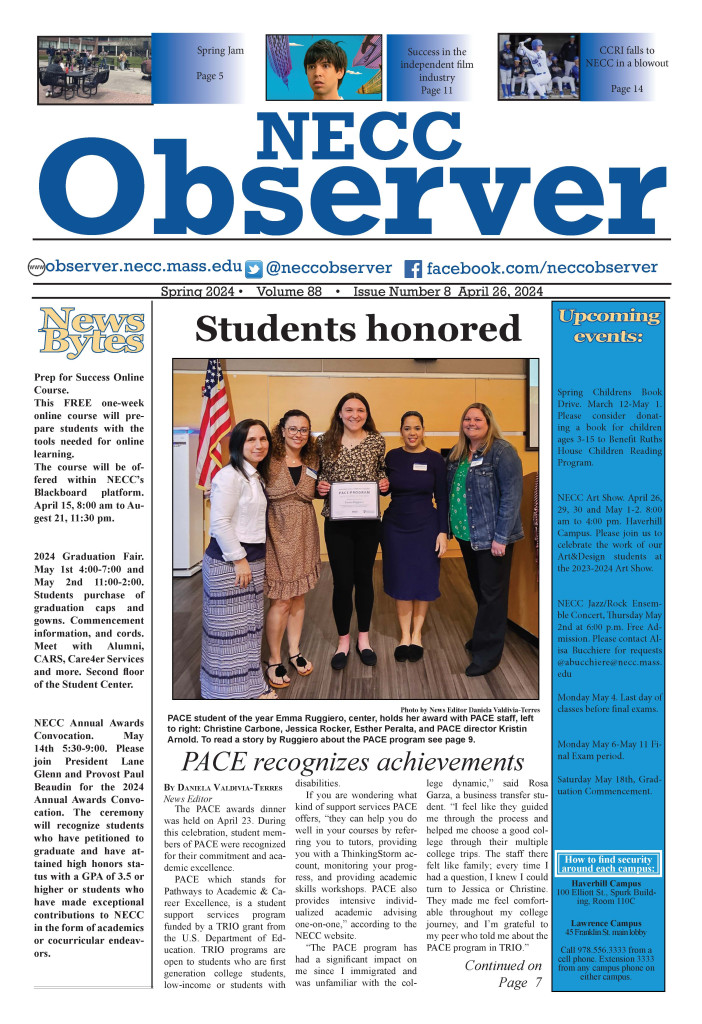I remember when I first got Facebook when I was 13 years old. It was my first social media account and I was so excited. I remember my father telling me, “pretend like I can read everything you write and only publish what you think is appropriate.” That has stuck with me ever since and my social media platforms have grown ever since that first Facebook account. The amount of accounts I have now is sometimes overwhelming since I am mostly active and on them almost daily. I would say the one that shocks me the most and takes up most of my screen time is Tik Tok. I can mindlessly scroll for hours and I can imagine people my age that are doing the same on their social media.
The amount of connection that we can feel with our social media accounts is mind opening as well. You can find so many communities related to your interests or hobbies through social media.
Andrew Venditti, a Journalism and Communications major at Northern Essex says that he “met his first girlfriend when I was 14 through Facebook.” This has become the ultimate trend with specific apps related to online dating. Especially with the pandemic as well, online dating through zoom or video chats has been more popular than ever.
Online bullying has also been more toxic and at a higher volume. More people or trolls online can write whatever they please to a person just to get a rise out of them. I also knew a few people that during the election had to delete their social media because of the amount of hate and arguments they were seeing online. Venditti says “it’s difficult to talk or debate about anything over social media without it becoming a fight” and I have to agree with that statement because it is so true.
Zachary Cutter, also a Journalism major says “those sites are creating internet addiction that is bad for mental health.” The amount of mindless scrolling that happens with adolescents and teenagers is going to grow into serious mental health issues for when they get older.”
Although social media may not be good for teenagers and mental health, there are some positives that go along with it. Social media can be a really great booster for businesses like restaurants and even small businesses. You can create your own platform using your greatest valued customers and have them review your products online so other new customers can see. Cutter says, “it can gain more money and name recognition.”
Having a social media platform is a must when you are trying to run a successful business. Venditti says, “I use Facebook to share information on my band and it gives me analytical feedback about how many people look at, share and click a link in my post.”
Starting a successful business or a band like Venditti with a social media platform can be really useful for who your audience is.
Social media can be used for anything your heart desires and it has helped many people and businesses thrive even during this pandemic. There are some drawbacks to social media in regards to it harming your metal health, but with the right strategies and time management, it is easier to use social media with a positive attitude. We can only hope with time that social media can be used for more positives and not negatives.

